This will be my last post with images from my Asia Foundation Sri Lanka assignment. I hope you have enjoyed my thoughts and insights about shooting for an NGO.
For this final Sri Lanka post, I have selected 45 images to show and although I could probably go on and on about each one of them I will just share some brief thoughts, suggestions and/or camera settings about each.
While touring several sites with a group of Korean NGO personnel, we came by a group of children out for a field trip at a historic seaside site. Started photographing the children and they were all very excited. One child in particular caught my eye and I spent a fair amount of time focusing on her. After the excitement was over and the group dispersed, I had the opportunity to photograph this beautiful girl against a monochromatic green wall. The use of a simple, rich color toned background, really helps the subject to pop off of the canvas.
Of course, there was a shopkeeper attached to the vegetables and so while interviewing him I used my 17 to 35mm F2.8 lens to get an environmental portrait which shows the shopkeeper himself, with his vegetable stand in the background. I was lucky enough that another man was standing at the far end of the vegetable stand and although he is out of focus because I selected a shallow depth of field, he adds a bit of visual interest making the photograph appeared to have more depth and a bit more content.
The entire market was painted yellow and I saw this bicycle up against a wall and thought it might be something that the NGO could use so I photographed it using a bit of exposure compensation to the negative to bring out the saturation and contrast.
There was a shopkeeper whose business was fortune telling. Apparently, there exist some software devoted to numerology and fortune-telling, and so now rather than reading one’s palm or using tarot cards, fortunetellers are breaking into the digital age! Apparently she’s doing a good business with her fortune telling business, as evidenced by her jewelry and nice clothing.
Of course, I have additional pictures of her in her business working, and I even took a little bit of video during Brent’s interview of her. I am not sharing those images with you now, due to time and space constraints.
There is a phenomenon in Sri Lanka that is ocurring much like what happened in the United States after the Civil War. There are vendors from the south of the country who see the post-Civil War opportunities in the northern areas. During the war in Sri Lanka, there were a lot of things that were just unavailable because of the security situation and the inability of businesses to move products from the north to the south. So, like the carpetbaggers in post-Civil War USA, vendors come from the South to hawk all sorts of products near the markets. They set up small stalls on blankets or tarps near the side of the road. This makes vendors who pay rent for stalls in the markets a little bit angry because these carpetbaggers are selling things without a permit, along the sides of the road on the entrance way to the market. Some of these vendors are very forward and aggressive and as you can see by the photograph here, Thomas (this man) was placing a necklace around my head trying to entice me to buy it for me to photograph as he tried to place it on my head. All I had to do was wait for the moment when the necklace that he was trying to place on me created a frame around his face. Using my 17 to 35mm F2 .8, I photograph him and place necklace on me, with his illegal markets stall in the background.
On the periphery of the market, which is usually my favorite place should, I found a vendor who was selling peanuts. The light in this particular location was quite nice, and although we didn’t interview this person for part of the NGO job I did find that it made a nice photograph.
The Asia Foundation does a program called Books for Asia, so we visited a school and after meeting with the principal were given permission to photograph the students. I love shooting in elementary schools and the first thing that I usually do is tell the teacher that she and the students should continue to teach and learn normally and try not to pay attention to me. Of course all the children are very interested in what I’m doing and they laugh and giggle as I take photographs of their class.
I photographed in the school for probably 15 or 20 min. using a variety of focal lengths to create different style pictures that might be useful to be a foundation. Notice that I took low positions and high positions using both lenses. It is important to move around and try different perspectives otherwise all of your images will start to look very similar, and what the NGO needs is a variety of images that might be used in a variety publications. In general, I try to choose angles where I can have a main subject with supporting elements in the background.
We visited a new recycling facility on the outskirts of the town, I needed several pictures of the workers, the structure and some of the products that they are involved in creating.
In the above picture a man was sorting through plastic containers, so I knelt near and using my 17 to 35mm F2 .8 and waited for the moment when he tossed one of the containers onto the pile. In the photograph below I photographed some of the fertilizer that was being produced from organic waste. All I did was ask one of the workers to hold up a plastic container of fertilizer and using my 17 to 35 mm of 2.8 lens at minimum focusing distance, I may photograph of the fertilizer being held gingerly in the man’s hands and included a secondary workers legs and shovel on the right-hand side for additional visual interest.
Here we are, back at the school children’s field trip and you can see that there are a number of images that I made while the children were super excited about me photographing them in the initial minutes that I was there as well as a secondary portrait of my favorite subject the little girl with the beautiful eyes.
There were some older boys sitting on a bench and he noticed me photographing schoolchildren. Of course, they were interested in having their photographs made so I just sort of motioned to them to squeeze together put their arms around each other.
The photographs below was trying to show action, movement, and how post-Civil War Sri Lanka is a “dynamic environment”. The communications manager for the Asia foundation is very fond of images that show motion. So, for a period of time close to sunset when the light was most pleasing. I position myself near the bus station and panned anything and everything that walked, drove or road by me.
In order to create these images I set my camera to shutter speed priority at a 15th of a second and continuous focus tracking. I also sent my focus point either to the right of center or the left of center depending upon the direction of travel of the subject. Let me explain, when panning, it is important to give your subject space to move into. In other words if the subject is traveling from left to right I can’t place the subject on the left side frame weaving additional space to the right for the subject to travel into. This makes visual sense to the viewer. Likewise, when the subject is moving from right to left I said my focus point to the right and frame the image with empty space at the left…. This empty space in the direction of travel makes more visual sense and viewers look at the image.
One of the subjects we visited was the owner of a milk production factory. It was one of the most modern facilities that I have had the opportunity to photograph in Sri Lanka during this trip and I wanted to make it appear to the viewer as high-tech and modern. I also wanted to portray the owner of the business as “proud”. Below are the images I made at the milk factory. One final image that I made at the milk factory as a nearby retail outlet where the man cells some of the products that he produces. There was beautiful light streaming in the door of his small shop and all I did was ask the shops salesperson to hold up one of the pots containing yogurt.
The next series of photographs are of buildings in Colombo. I am not an architectural photographer by any means and I do not have tilt and shift lenses and everything necessary to make photographs that might appear in architectural magazines. However, the NGO was looking for some nice images to detect the historic structures in Colombo and although some of these images have parallax and a bit of distortion which would be corrected by a tilt shift lens, they serve the purpose that the NGO needs.
In one of the historic structures where was taking photographs of the architecture there was Sunday school going on. So, I thought it was important to show that Nice’s stark structures are currently being used for community activities such as Sunday school.
Colombo is undergoing a restoration and renovation of some of the old historic districts of town. And like in most cities modern buildings and historic structures exist in close proximity to each other. The final picture is of Colombo’s World Trade Center which, like New York, has its twin towers.
Well, that’s it for the Sri Lanka NGO photo shoot I hope you enjoyed reading along. Next, I am off to Myanmar to lead my annual photography tour. Stay tuned, as I will be blogging the Burma photo tour as long as I can get internet access.


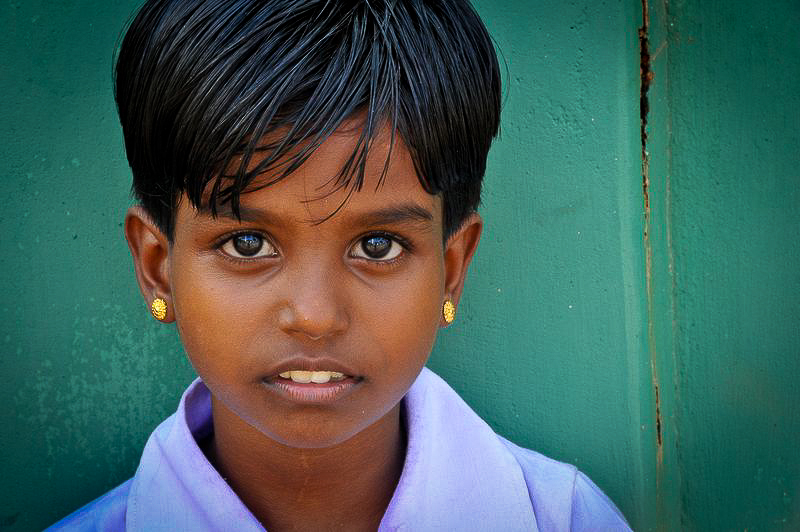
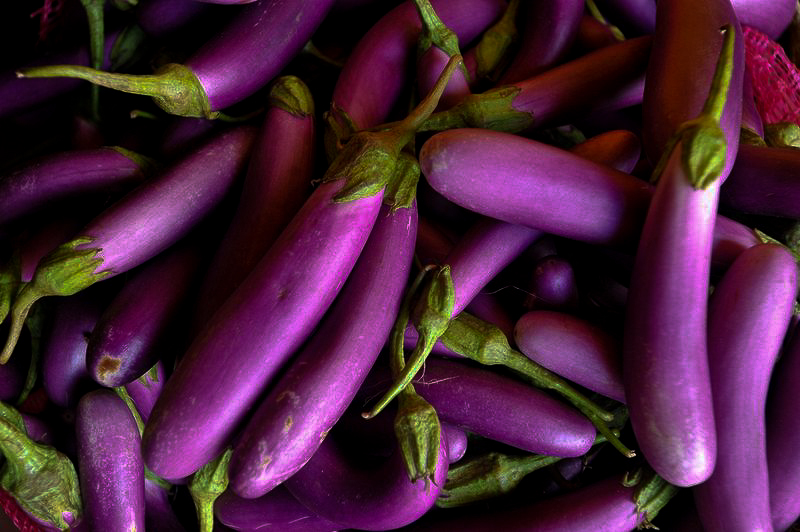
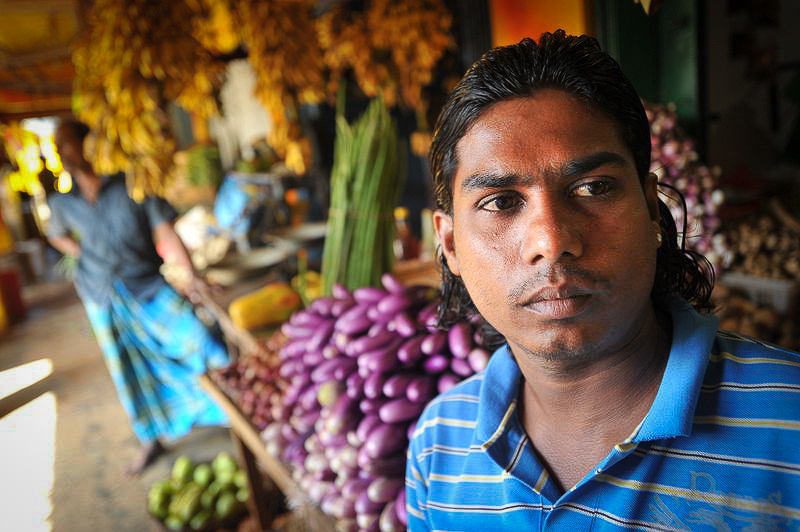



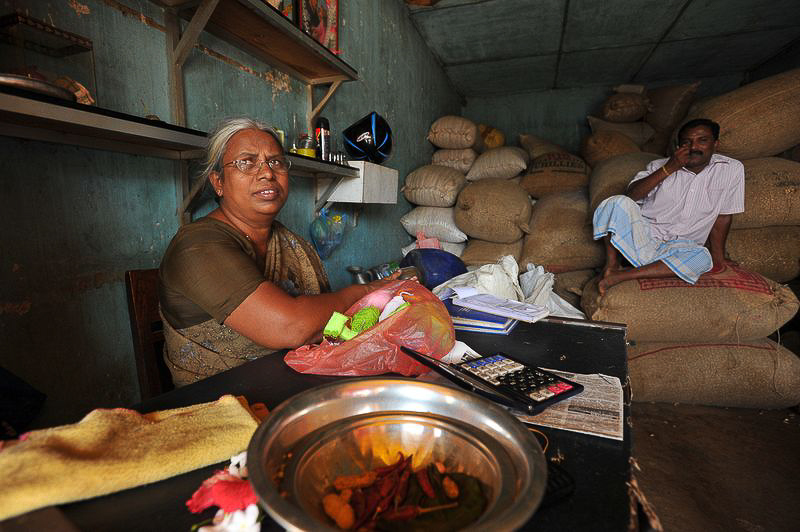

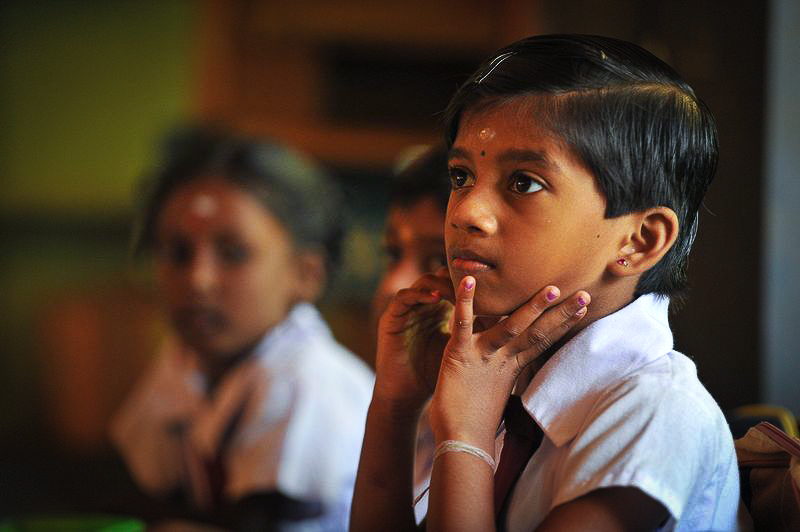
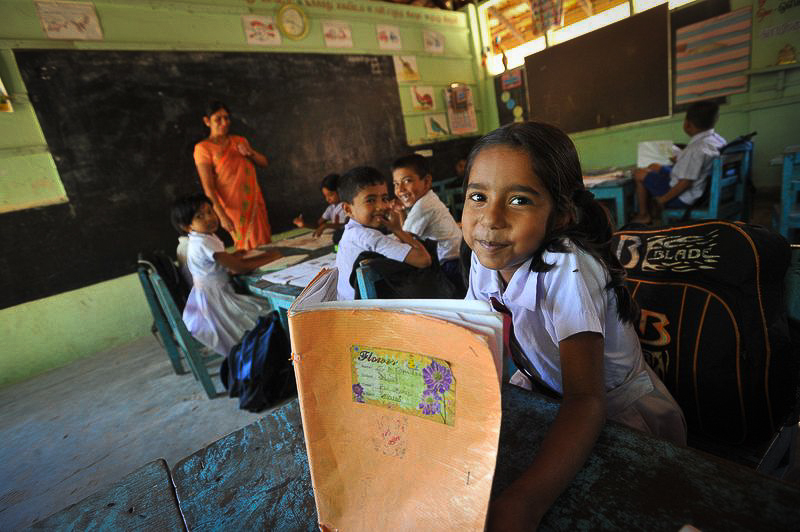

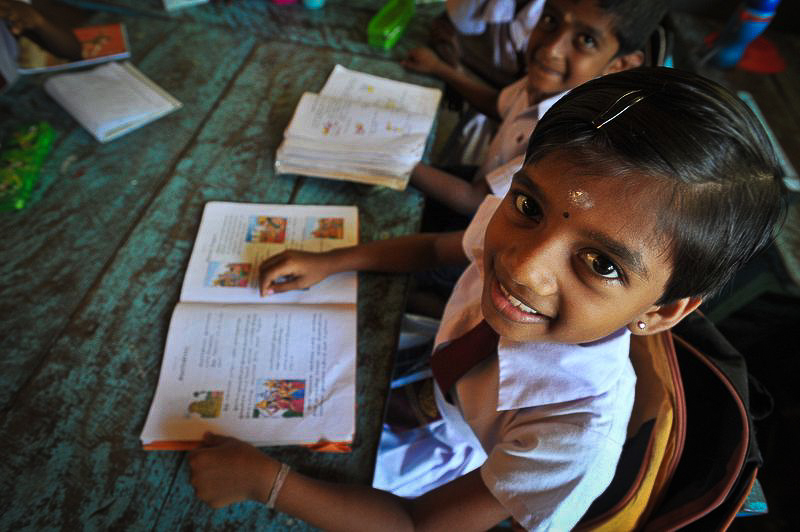

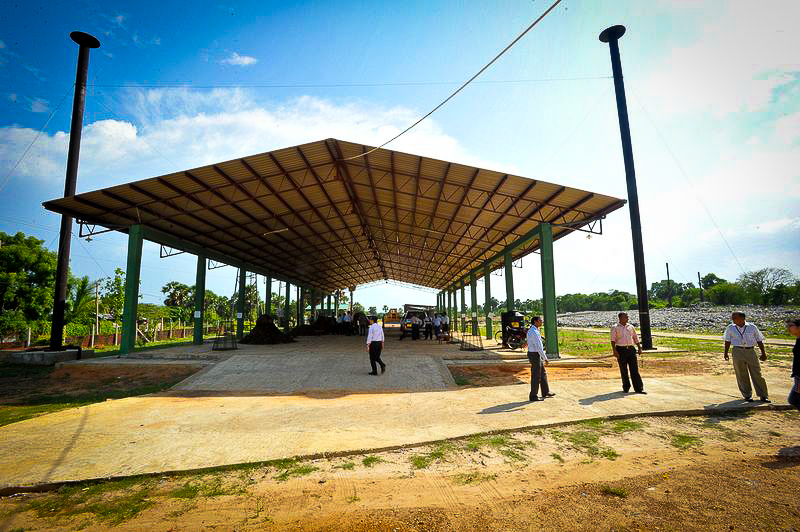
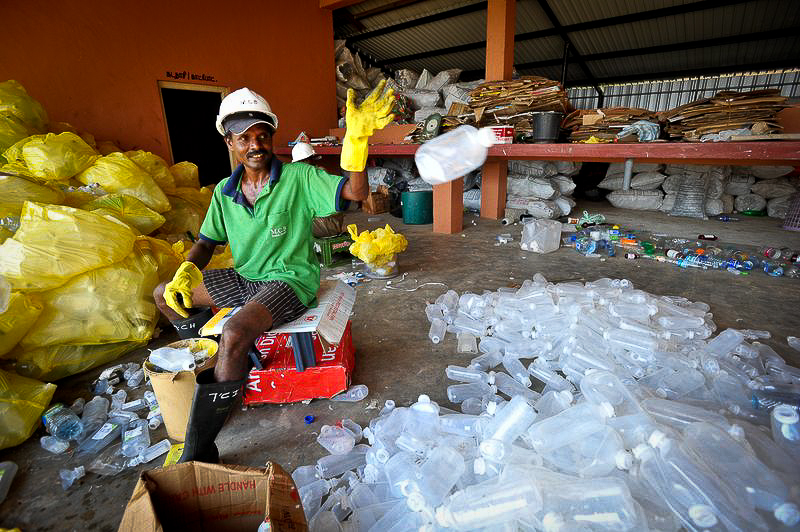
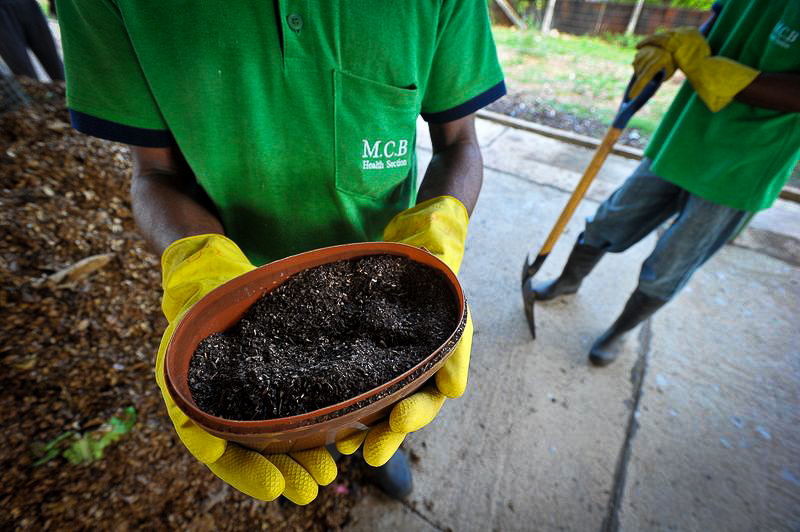
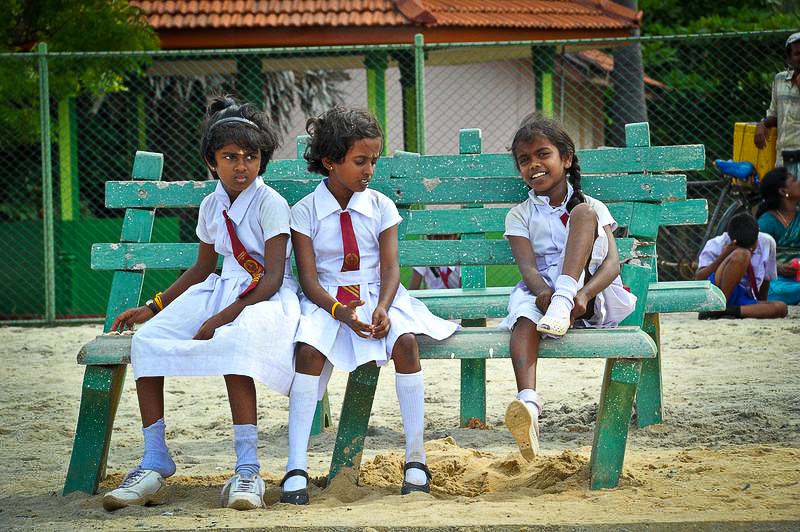

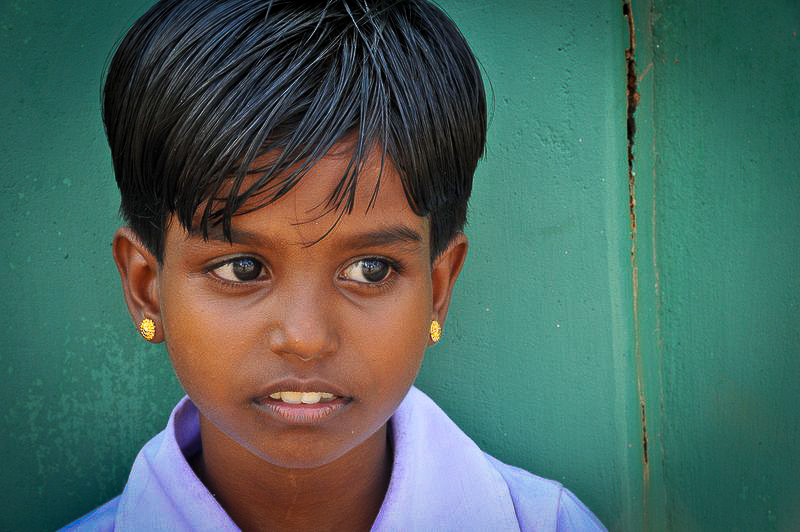
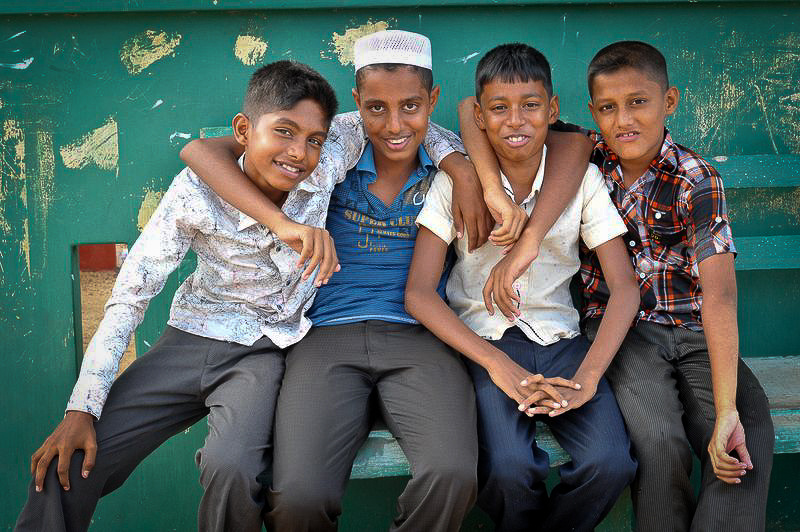

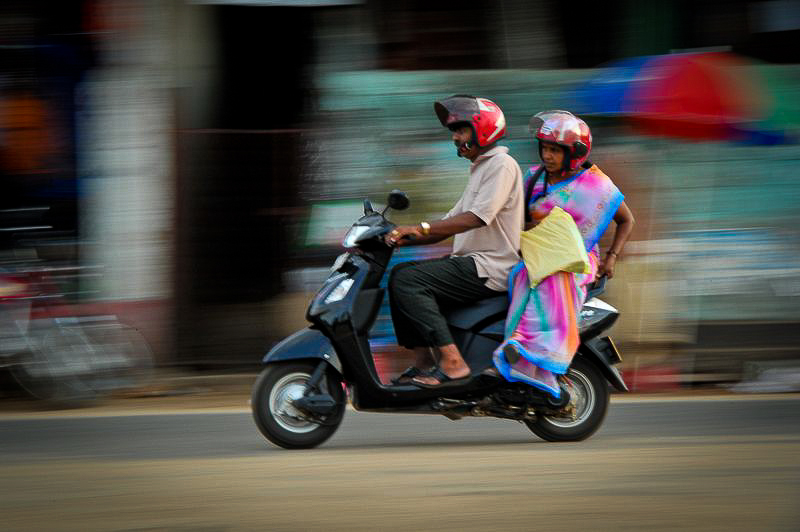

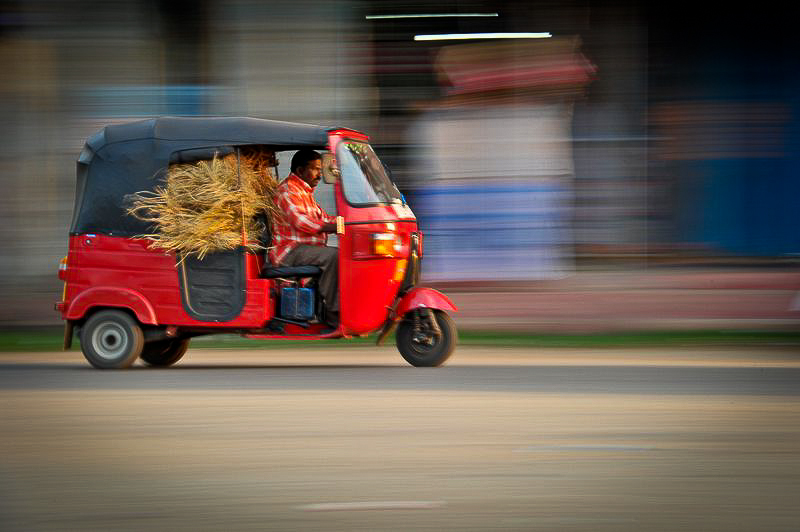

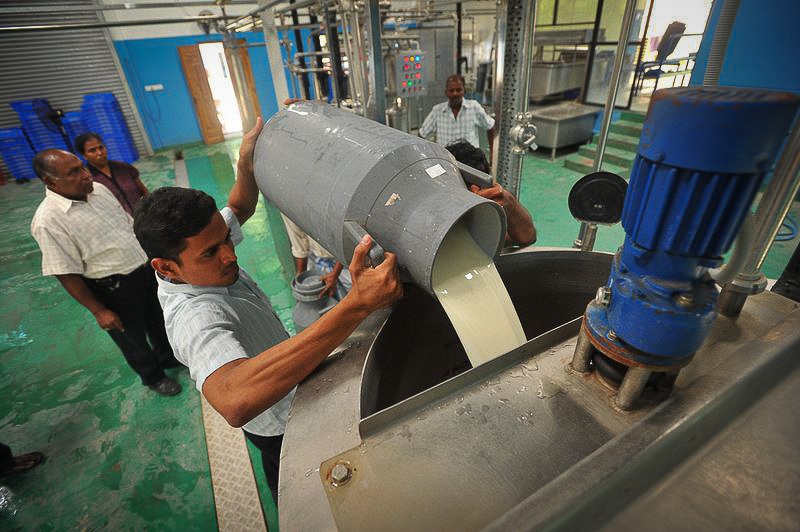
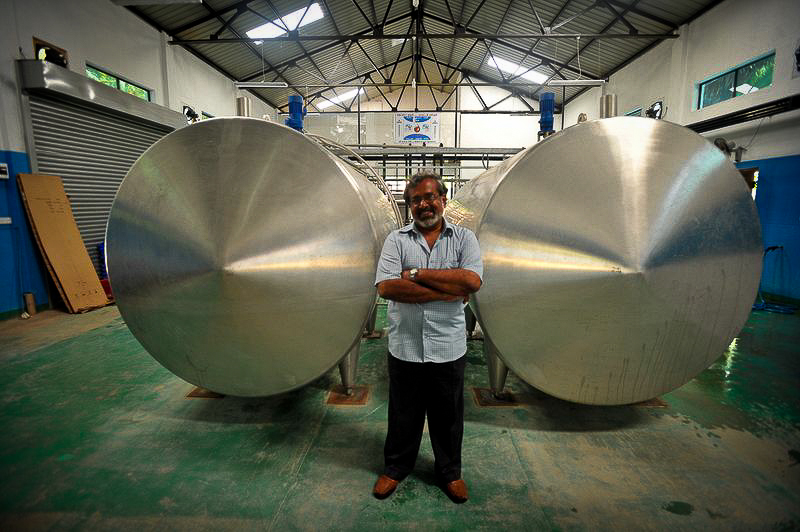
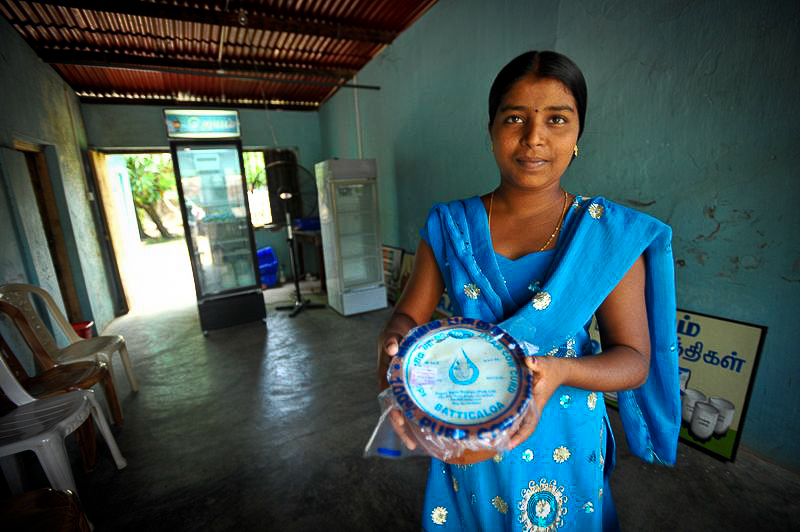

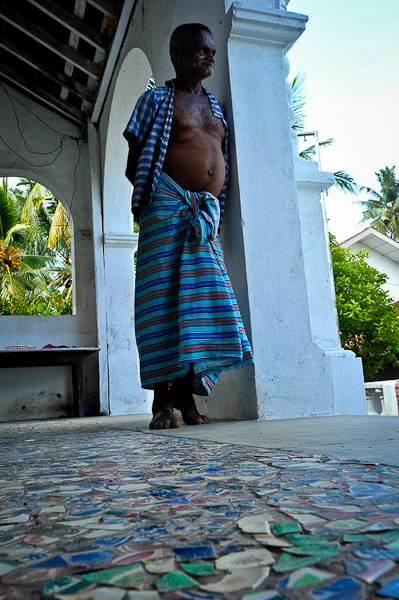

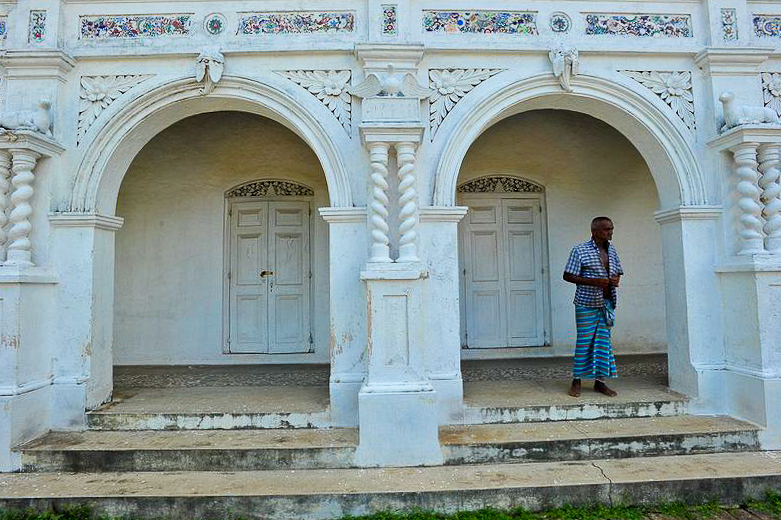
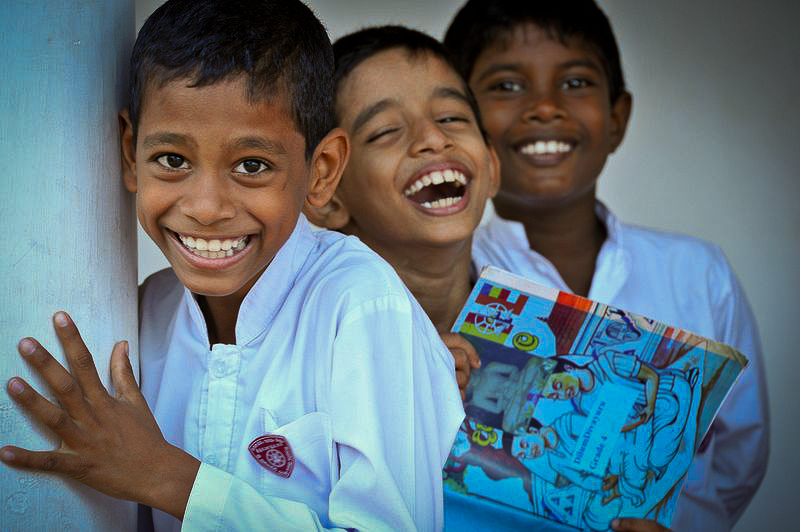
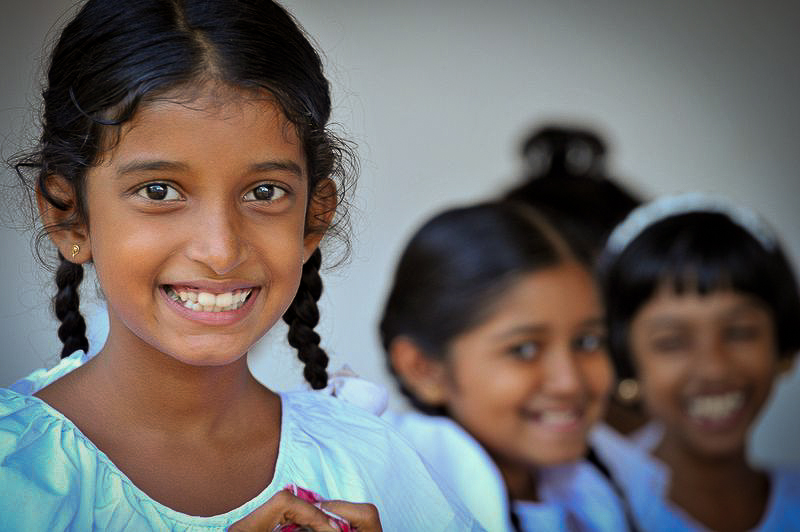
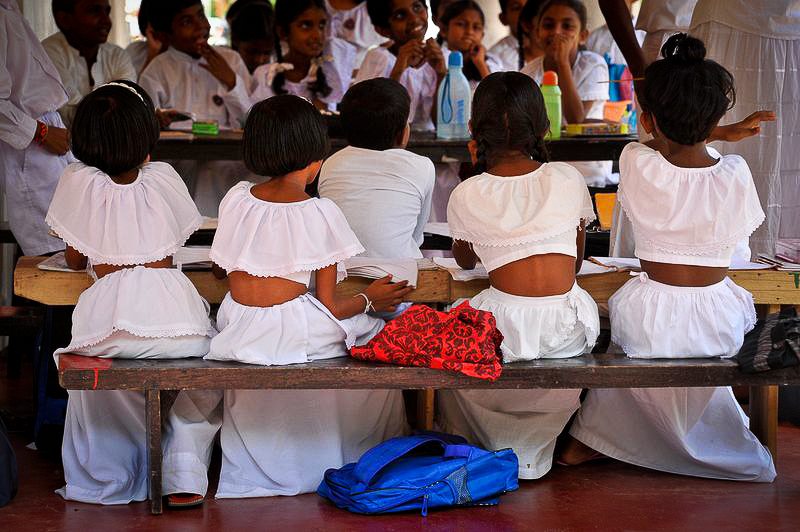

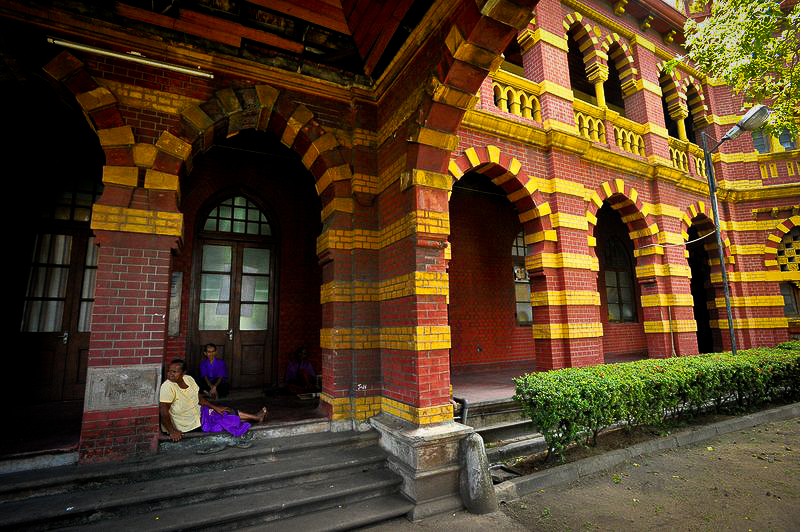

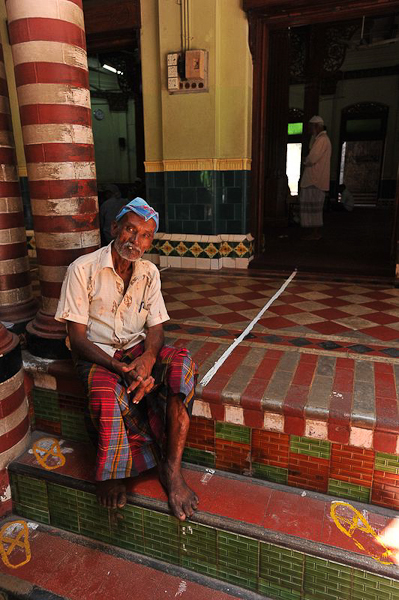
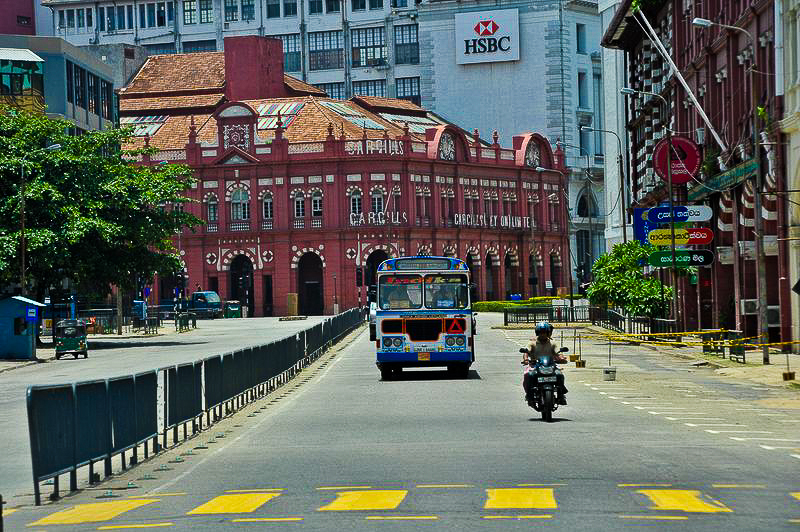
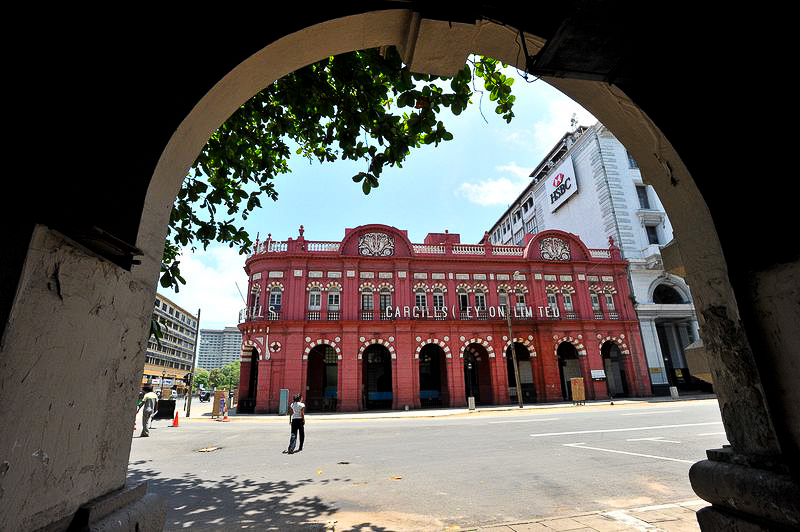
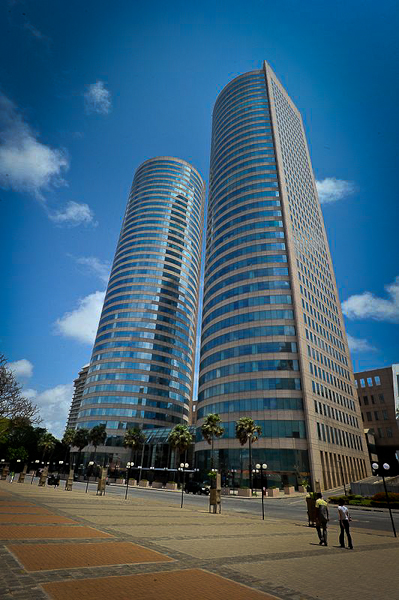






Beautiful photographs and love the new website !
Hi Karl,
Looks like you are doing well! Wonderful work here again!
Your new site has great look and feel to it. Nice!
Terry
Thanks Terry !